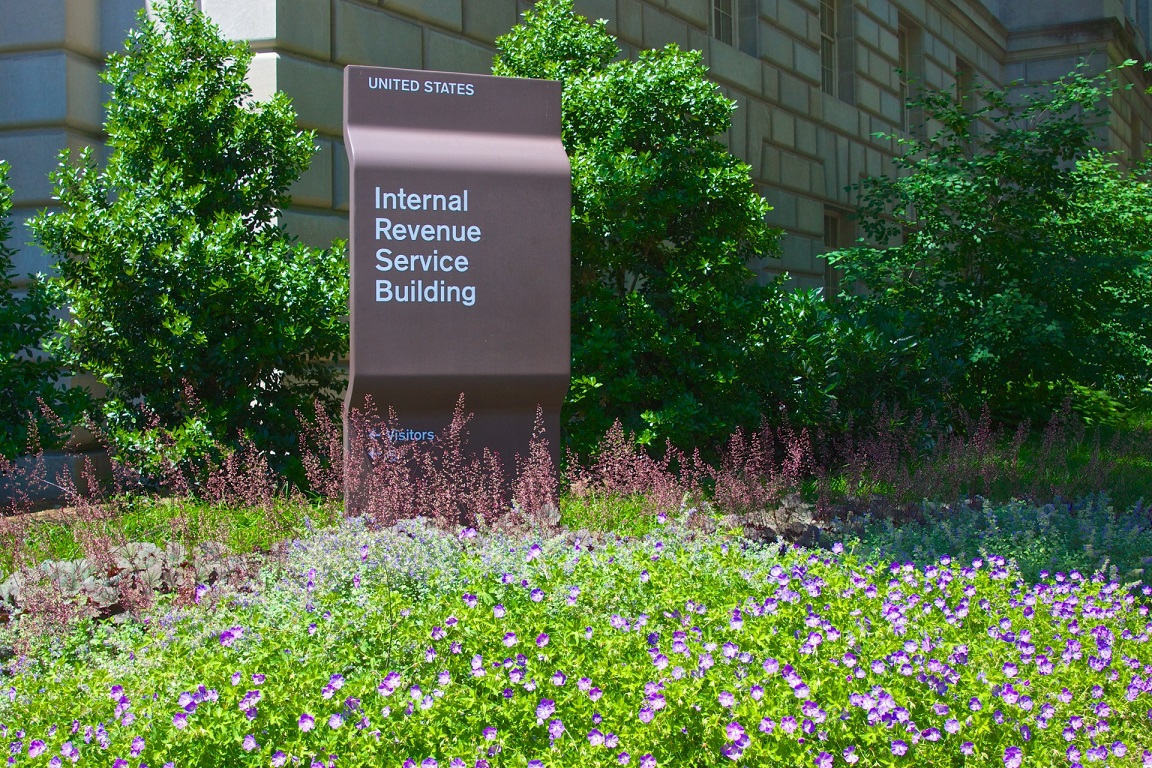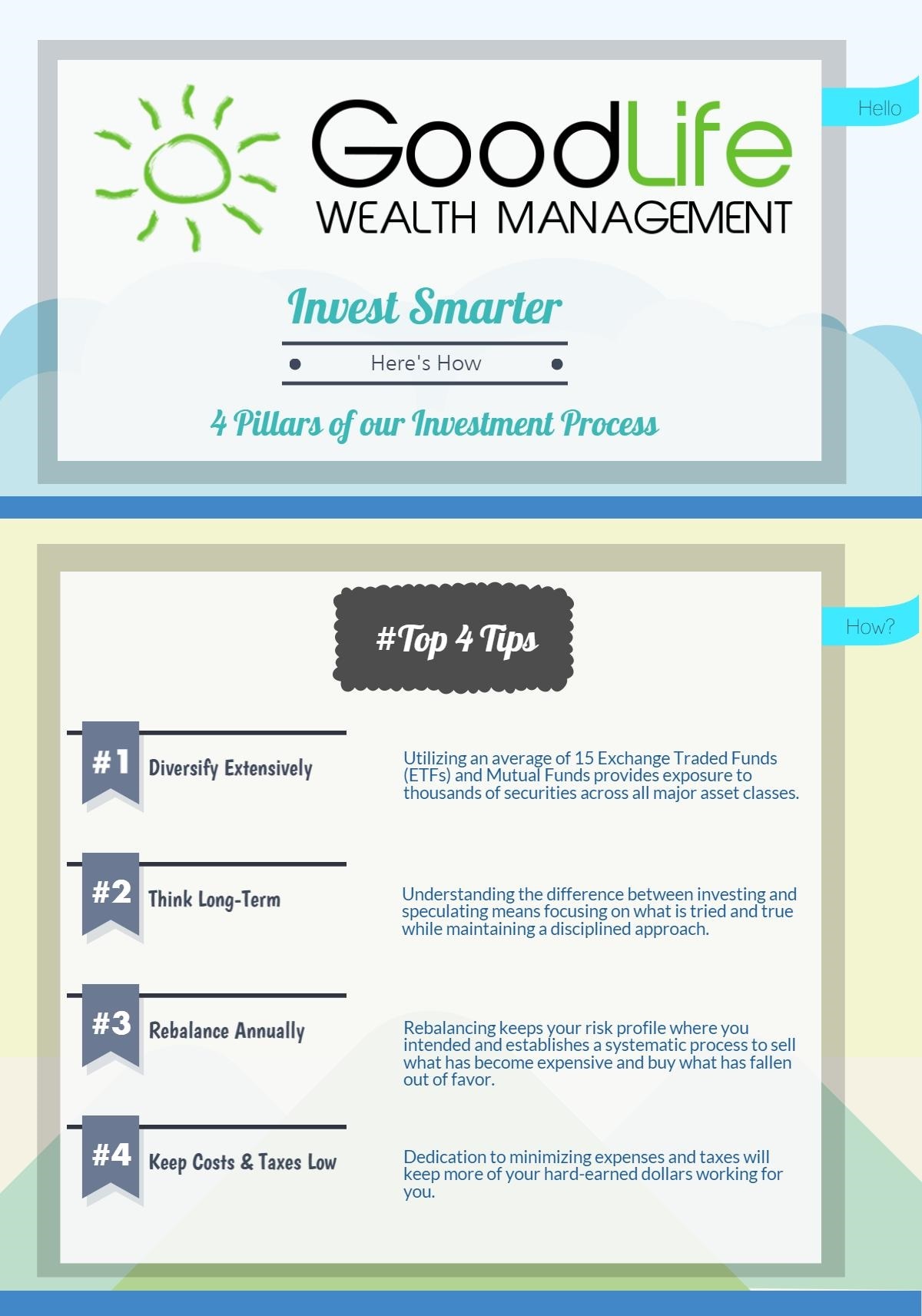When you invest in foreign stocks or bonds, you’re really making two transactions. First, you have to exchange your dollars for the foreign currency and only then can you make the purchase of the investment. Over time, your return will consist of two parts: the change in the price of the investment and the change in the value of the currency. In 2014, foreign stocks – as measured by the MSCI EAFE Index – were up 6.4% in their local currency, but because of a strong dollar, the index was actually down by 4.5% in US dollar terms.
This nearly 11% disparity of returns has made for one of the fastest growing investment segments in 2015: currency-hedged Exchange Traded Funds. These new funds invest in a traditional international index, but then hedge the foreign currency, so US investors can receive a similar return to investors in the local currency. Obviously, a currency hedging strategy has worked well over the past year, but is it a good idea going forward?
As you might imagine, there is no free lunch with currency hedging. There are two important caveats for investors to understand. First, when you hedge, you are making a directional bet that the dollar will strengthen. If the dollar weakens instead, a hedged international fund will under perform a non-hedged fund, or even lose money. Hedging adds an additional element to the investment decision making process, which can increase the possibility of under performance. After all, the most appealing time to hedge will be after the currencies have already made a big move, but in many cases, that will also be too late!
Having foreign denominated investments can provide investors with diversification away from the US dollar. If the dollar were to decline, foreign denominated positions would rise. Having that currency diversification could help investors over time by potentially smoothing returns and providing a defensive element. If you hedge your foreign positions, a declining dollar would negatively impact both your domestic and foreign holdings, which means you may have actually increased your portfolio’s correlations and risk.
The second caveat is cost. Currency hedged funds have a higher expense ratio than regular ETFs, and those management costs do not even include the actual cost of purchasing the hedges. If currencies are relatively stable over a longer period, hedged products will likely lag non-hedged funds due to their higher expenses.
Given these two caveats, I have been reluctant to recommend currency hedged ETFs for long-term investors. Today, however, there are some reasons to believe that the US dollar’s strength may continue. If we look at central bank policy, the US Federal Reserve has been discussing when and under what conditions they will begin to raise interest rates. Compare this to Europe or Japan, where the central banks are looking to create new stimulus and quantitative easing programs. The expectation is that the money supply will increase in Europe and Japan, while the US money supply will be more stable. That’s bullish for the dollar for the near term.
We shouldn’t expect 2014’s nearly 11% difference between hedged and un-hedged indices to continue, but currency trends or cycles can last for several years. I will be talking with our investors to discuss hedging a portion of their international exposure, provided they can make those trades in an IRA. We prefer to make the trades in an IRA to avoid any capital gains on a sale today. Also, we consider the currency-hedged funds to be tactical rather than strategic, meaning that at some point in the future, we will probably want to trade back into the traditional, un-hedged index.
There are also currency hedged ETFs for Emerging Market stocks, but we recommend investors steer clear of those funds. The cost of hedging is tied to short-term interest rates in the foreign currency, so it’s very cheap to hedge Euros or Yen today, but fairly expensive to hedge emerging market currencies where interest rates may run 6-8% or more. And that explains why currency hedged Emerging Market funds are not showing the same out performance we see with currency hedged funds in developed markets, even though the dollar has strengthened in both cases.
Have questions on how to implement this in your portfolio? Please don’t hesitate to call me at 214-478-3398 or send me an email to [email protected] for help!













